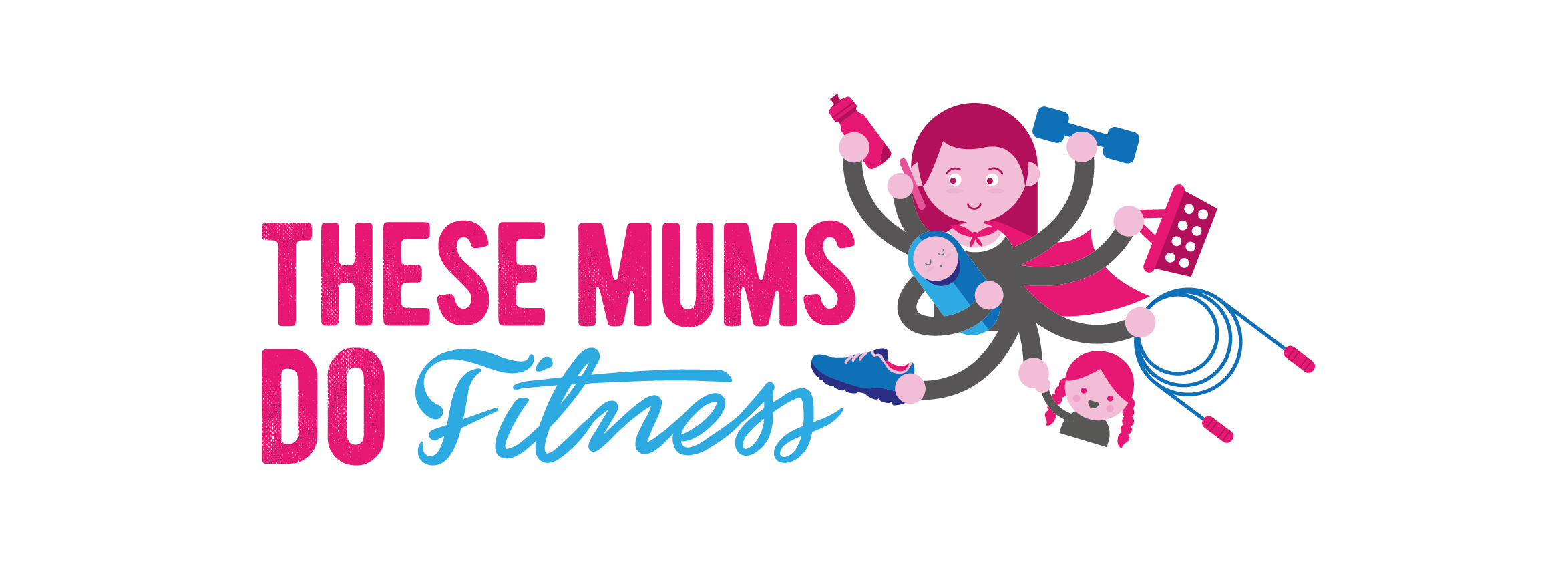Running is one of the cheapest and most inclusive sports ever because all you need is a pair of trainers, right? But it’s a bit of a minefield out there with all the different brands and styles, etc. Your footwear is by far and away the most important thing for many reasons.
Like a helmet in dangerous sport, good trainers will protect your feet, knees, back and joints from injury and potential long-term damage. Investing in a pair can prevent foot and ankle damage and make your run a much more pleasant experience. I wrote another blog on this a few years ago if you’re interested in another read!!
So back to the actual process of buying new shoes. There are 3 basic rules – they should 1) fit well, 2) be supportive and 3) be comfy
So I thought I’d write a little blog for you all on what, in my own humble opinion, are the top tips on how to choose the right trainers for you…
First tip is to go to a running shop. Now I know for the newbies to running this can be an utterly daunting place but it shouldn’t be. As with anything, if you go somewhere specialist, you’re going to get good advice and hopefully a superior product. But remember – superior doesn’t have to mean expensive…its not about throwing money at the issues (not always anyway!!) But there are a few tips below to go through before you get to the shop!
Make sure you allow yourself enough time to go to the running shop. We’re all busy, I get it but you need a decent amount of time to try on alllllll the options and brands available to you so you get that perfect pair and more important, the perfect fit.
Then…the next tip is to set yourself a budget! Don’t go mad if it’s your first pair but don’t scrimp either – it’s a balance and everyone has a different spend limit for things. I personally wouldn’t get a pair of trainers for less than £50 (unless in the sale obviously) as I don’t think they have the right level of support or cushioning for the mileage I run. Running shoes can be anything from £30 to £300 so there is a huge range out there, and definitely something for everyone.
If you can, do a bit of research before you go to said running shop about how you run. I know this sounds odd but having a bit of knowledge can make you feel a lot more confident in your purchase. Most run shops will have a treadmill and gadget which analyses how you run and its called “gait analysis” which I highly recommend you doing. But if the idea of this is absolutely mortifying, the best thing to do is grab your old trainers and have a look at your shoes and see how they wear down at the heal. If one side is worn down more than the other it means you either pronate or supinate (run with a stride which goes out or in) and if there’s no noticeable wear and tear on either side then you’re known as a “neutral runner” and all of this can impact on what shoes you need to buy – eg whether you need ones with support to help you run straight (to prevent knee/calf injury)
Next – when you go to the running shop wear running gear! Know it sounds like an obvious tip but you’d be surprised. Don’t wear a short skirt – they will kneel in front of you to check the fit and no one wants that awkward moment!! Wear the socks you’d run in, not some random pair that are too thick/too thin as you will alter how they fit and finally you will hopefully try the runners out on the treadmill that they have so you don’t want to be running in a floaty dress or anything!!
Then finally back to the basic rules of being comfy and fitting properly.
They MUST fit right. They should feel like a glove when you try them on and be super comfy. There should be space between your toe and the end of the shoe so your toes don’t bash onto the end and cause you to bruise your toes and lose your toenails (yup, it happens more regularly than you think) Make sure the toe box is right for your feet – the different brands have different styles – eg Asics and Hoka are quite wide where as Adidas and Brooks are slightly narrower.
Most of us in run club size up from our normal footwear – sometimes up to a size bigger than we would normally wear but it all depends again on the brand so the most important thing is to try the shoes on and actually run in them before you buy them or before you wear them outside so you can return them if they don’t feel right.
So I hope this blog helps you on your journey to find the perfect shoe.
